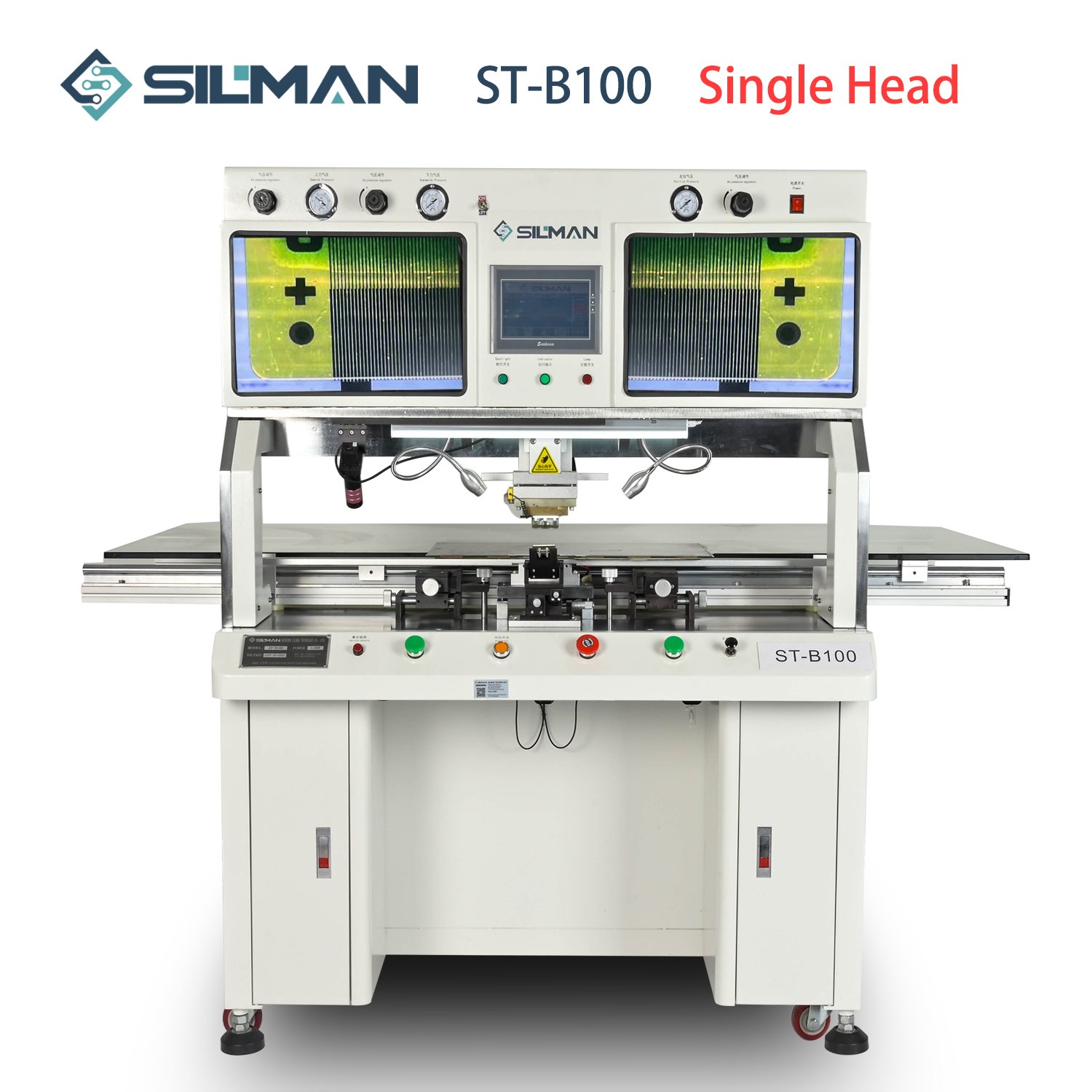BGA chips share a common characteristic: they are small in size, powerful in function, low in cost, and high in performance. Therefore, BGA chips are widely used in many applications. The equipment used for reworking BGA chips is called a BGA rework station or BGA rework system, which covers various types of packaged chips. So, how are BGA rework stations classified?
Classification by Automation Level
Based on functionality, BGA rework stations can be classified into three categories: manual BGA rework stations, semi-automatic BGA rework stations, and fully automatic BGA rework stations. Different needs correspond to different types of equipment. Manual and semi-automatic BGA rework stations are suitable for users with relatively low requirements on rework processes. Fully automatic BGA rework stations, on the other hand, offer simple operation with virtually no requirements for operators and boast higher success rates in rework tasks. They also offer enhanced functionality.
Classification by Functionality
Based on functionality, BGA rework stations can be categorized into two types: optical alignment and non-optical alignment. Optical alignment utilizes optical modules and prism imaging for alignment, while non-optical alignment relies on manual alignment of BGAs based on PCB silk-screen lines and points. Vision-based alignment equipment enables intelligent operations for soldering, desoldering, and rework of BGAs of different sizes, effectively improving rework success rates and productivity while significantly reducing costs.
Above are the two common classification methods for BGA rework stations. Regardless of the classification, users can choose different types of BGA rework stations according to their own needs.
